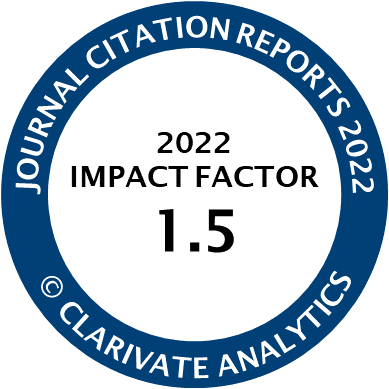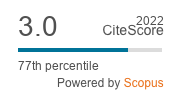Article | Open Access
Incorporating Children and Young People’s Voices in Child and Adolescent Mental Health Services Using The Family Model
| Views: | 3988 | | | Downloads: | 3093 |
Abstract: Mental illness in children and young people is increasing in frequency and complexity, is emerging earlier and is persisting into adulthood. This is a global issue with implications for research, policy and practice. Children and young people require the experience of safe, nurturing relationships for optimal lifelong outcomes. Despite awareness of this in Child and Adolescent Mental Health services, a focus on the relational context in which children and young people present is not universal. A challenge in family focused practice is to ensure that no individual’s voice is ‘too loud’ and that children and young people’s voices are heard. This article illustrates how a balance between individual and systems understanding can be achieved in therapeutic work by incorporating the voices of children and young people and concerns of other family members. This article describes an approach to improving family focused practice in a public Child and Adolescent Mental Health service. Use of The Family Model, as a family focused practice tool, is presented across three service settings. The Family Model intervention is briefly described, outlining the way in which it supports collaborative practice and assists clinicians to achieve the balance described above. Vignettes will demonstrate how children and young people’s voices are explicitly incorporated in formulating mental health issues with two generations to generate developmentally informed care plans.
Keywords: adolescent; children; family focused practice; mental health; psychology; The Family Model; young people
Published:
© Benjamin Hoadley, Freya Smith, Cecilia Wan, Adrian Falkov. This is an open access article distributed under the terms of the Creative Commons Attribution 4.0 license (http://creativecommons.org/licenses/by/4.0), which permits any use, distribution, and reproduction of the work without further permission provided the original author(s) and source are credited.




